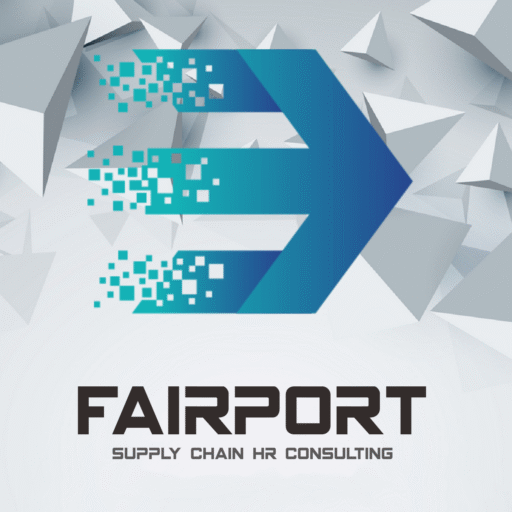Beyond Traditional Recruitment and Selection: How Talent Supply Chain Management Optimizes Talent Acquisition
Introduction:
In the dynamic landscape of Human Resources, the approach to talent management is undergoing a radical transformation. Much like the evolution of Supply Chain Management (SCM) in the corporate world, we are witnessing a shift from reactive recruitment processes to a strategic and integrated approach to talent flow: Talent Supply Chain Management (TSCM). This first article will explore how adopting SCM principles can revolutionize staffing, leading to greater efficiency, cost reduction, and an overall improvement in talent quality.
A Shift in Responsibilities: From Traditional Recruitment to Integrated TSCM
Historically, the recruitment and selection function often focused on individual open positions, with fragmented processes and a limited view of the talent lifecycle. Traditional recruitment tended to be reactive, activated only when there was an immediate need.
In contrast, Talent Supply Chain Management (TSCM) takes an end-to-end perspective, considering the entire talent journey—from identification and attraction to onboarding and development. Much like SCM, TSCM aims to coordinate and integrate all processes involved in acquiring talent, optimizing flow and ensuring strategic alignment with business objectives.
Reasons for the Shift: A Competitive and Technologically Advanced Job Market
Several factors are driving this evolution in the HR sector:
-
Competition for Talent: In an increasingly competitive job market, companies need more sophisticated strategies to attract and acquire top talent.
-
Role of Technology: The emergence of new HR technologies (HR Tech) offers unprecedented opportunities to automate, optimize, and streamline recruitment processes.
-
Need for Strategic Vision: Talent acquisition is no longer seen as an isolated function but as a crucial element for an organization’s strategic success.
The Core Pillars of TSCM: Planning, Executing, and Optimizing Talent Flow
TSCM is structured around three main phases:
-
Workforce Planning: Anticipating future staffing needs, identifying key required skills, and defining the most appropriate sourcing strategies.
-
Talent Acquisition Execution: Implementing sourcing strategies, managing the selection process, conducting interviews, and handling job offers.
-
Process Optimization: Analyzing recruitment data, identifying bottlenecks, and implementing continuous improvements to increase the effectiveness and efficiency of the process.
Key Strategic Objectives of TSCM:
-
Enhancing the Candidate Experience: Providing a positive, engaging experience for candidates, from application through onboarding.
-
Reducing Cost per Hire (CPH): Optimizing processes and using resources more efficiently to minimize recruitment costs.
-
Increasing Hiring Speed (Time-to-Hire): Shortening the time required to complete a hire, ensuring positions are filled promptly.
-
Improving the Quality of Hires: Ensuring selected candidates possess the skills and attributes needed to succeed within the organization.





